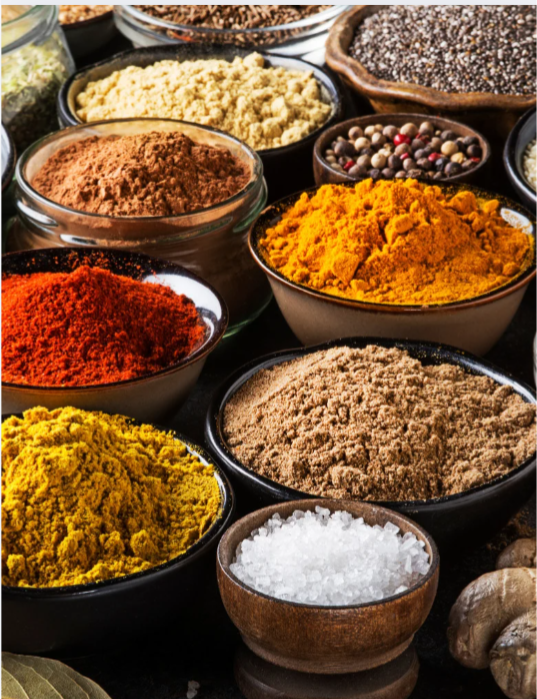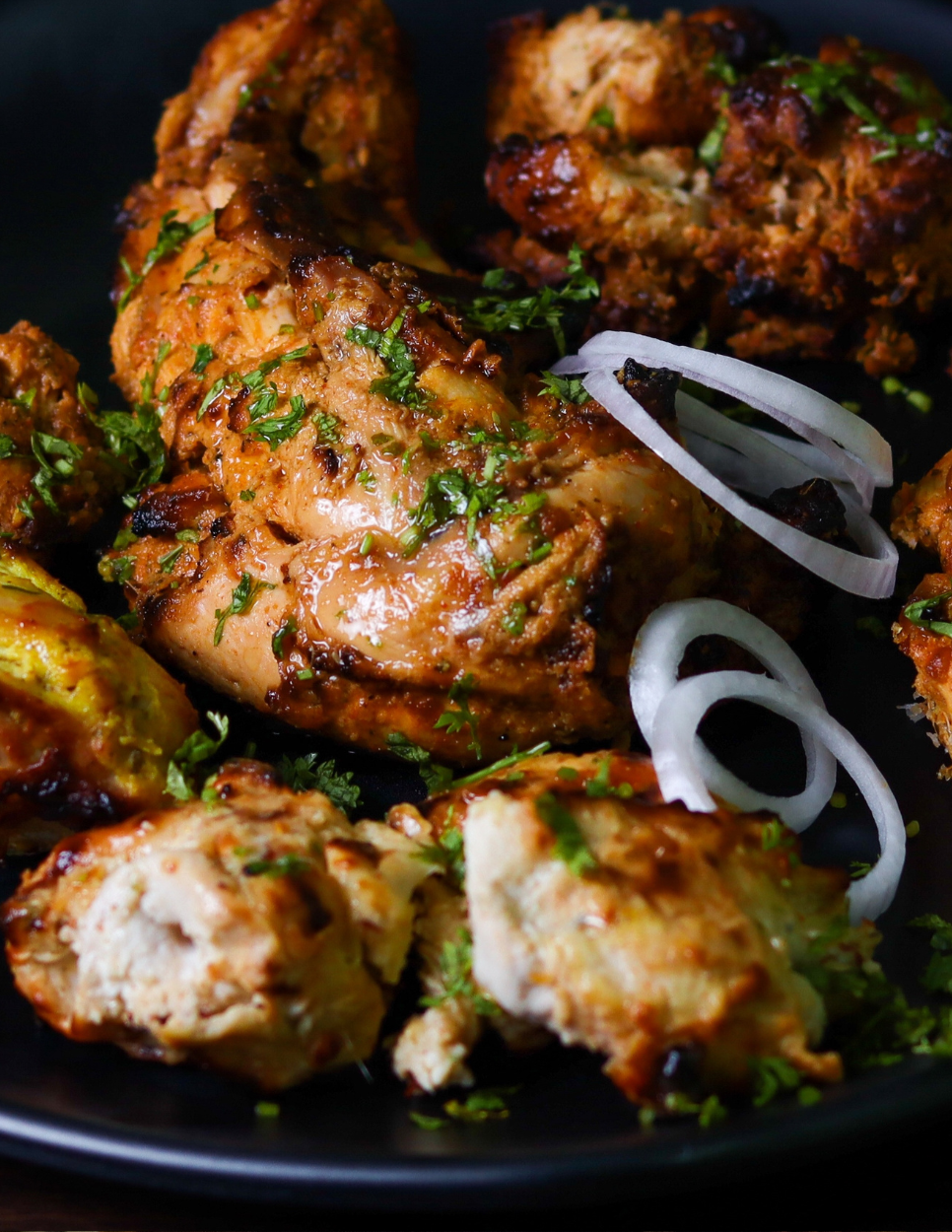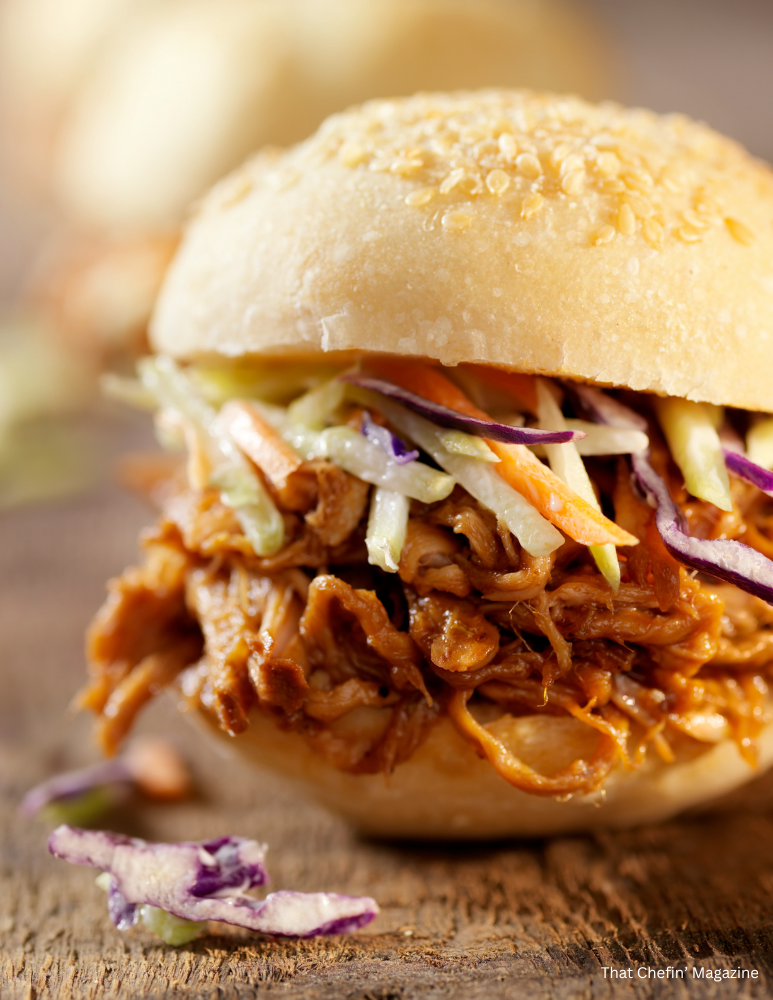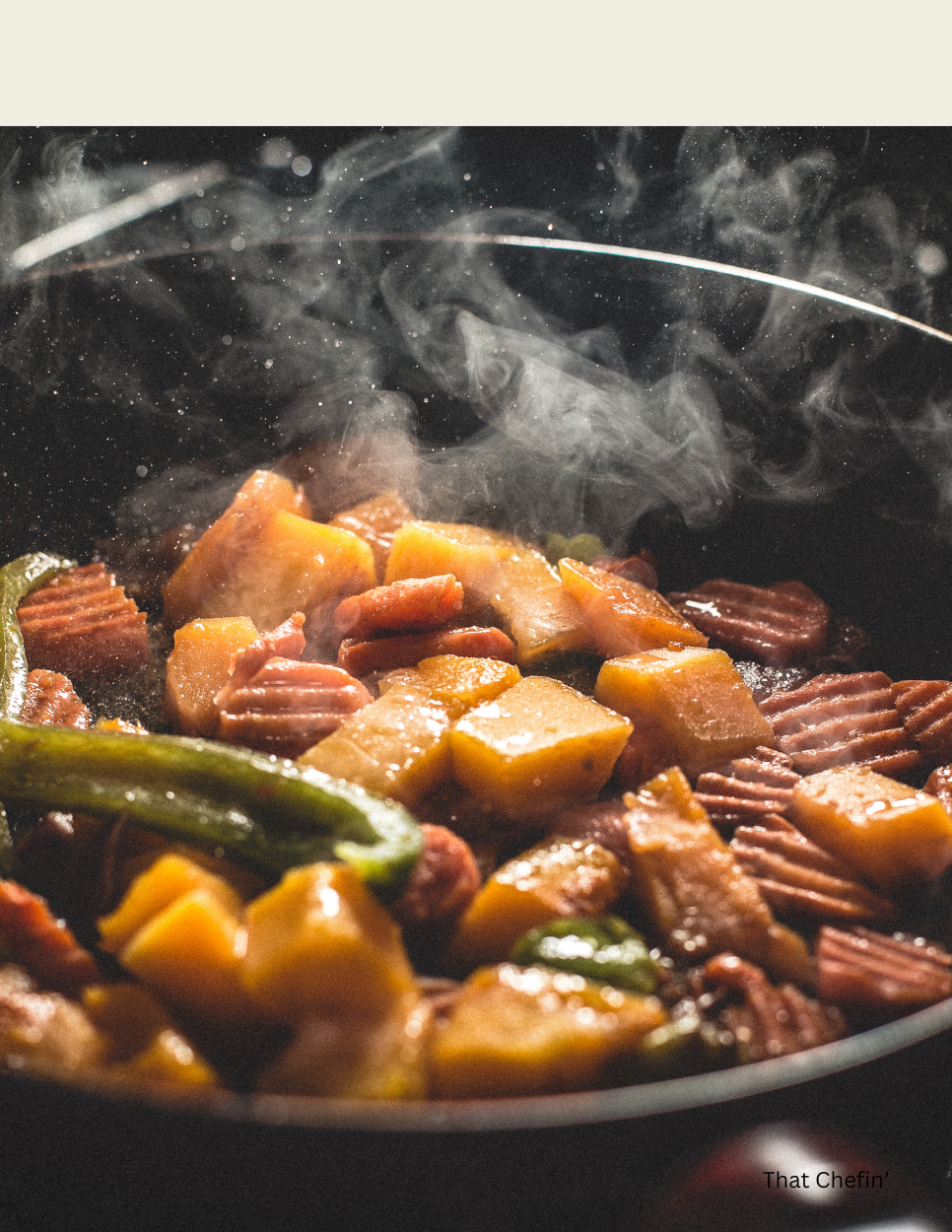Your Guide to Essential Techniques
Baking is a science and an art. While precise measurements and careful attention to detail are crucial, the artistry lies in understanding the nuances of each technique and how they interact. This guide will delve into some essential baking techniques to help you elevate your baking game.
Creaming
- What it is: This method involves beating together softened butter and sugar until light and fluffy.
- Why it’s important: Creating air pockets through creaming incorporates air into the batter, which expands during baking, resulting in a light and airy texture.
- Tips: Use room temperature butter for easier creaming. Gradually add sugar to prevent the mixture from becoming too thick.
Whisking
- What it is: Vigorously mixing ingredients together using a whisk.
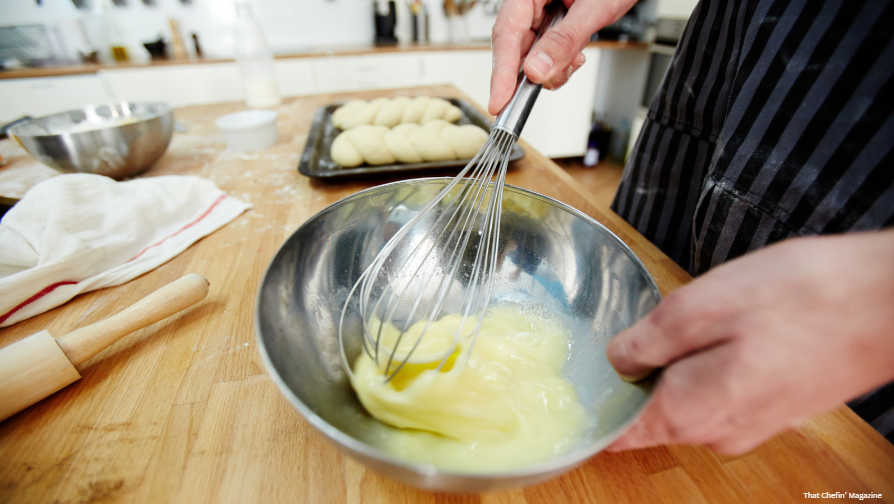
Mastering these baking techniques takes time and practice. Don’t get discouraged if your first attempts aren’t perfect.
Why it’s important:
- Combines ingredients thoroughly, ensuring even distribution.
- Incorporates air into batters and sauces, making them lighter.
- Helps prevent lumps in flour mixtures.
Tips: Use a circular motion for maximum aeration.
Folding
What it is: Gently incorporating delicate ingredients like whipped cream or egg whites into a thicker batter.
Why it’s important: Prevents the delicate ingredients from deflating.
Tips: Use a spatula and gently fold the ingredients over and under the batter, rotating the bowl as you go.
Macerating
What it is: Soaking fruits in sugar and sometimes a liquid like alcohol or fruit juice.
Why it’s important:
- Draws out the fruit’s natural juices, creating a flavorful syrup.
- Softens the fruit and enhances its flavor.
Tips: Macerate fruits for at least 30 minutes, or even overnight, for best results.
Glazing
What it is: Brushing a pastry or baked good with a sweet liquid, such as melted glaze or apricot jam.
Why it’s important: Adds shine and a touch of sweetness.
Tips: Apply glaze while the pastry is still warm for better adherence.
Blind Baking:
What it is: Baking a pie crust or tart shell without a filling.
Why it’s important: Prevents a soggy bottom in pies with wet fillings.
Tips: Use pie weights or dried beans to weigh down the crust while it bakes.
Practice and Patience
Mastering these baking techniques takes time and practice. Don’t get discouraged if your first attempts aren’t perfect. Pay close attention to the instructions, experiment with different methods, and most importantly, have fun!














